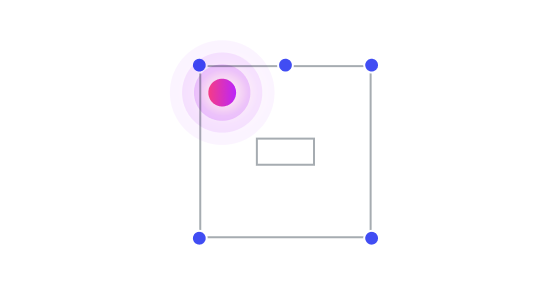
The LFE channel is a separate, limited-frequency bandwidth signal created by the mixing engineer or game engine. The LFE is delivered alongside the main channels in a Dolby® Digital bitstream. The subwoofer signal is created in the decoder, and contains the LFE as well as any redirected bass from the main channels.
This signal is created using bass management, which is performed by all Dolby Digital decoders. Through bass management, a subwoofer signal may comprise bass from any channel or combination of channels. Typically, bass frequencies from channels being replayed on small speakers are directed to the subwoofer speaker.
If no subwoofer is present, the bass (including the LFE channel, if it exists) is redirected to the speaker(s) best able to reproduce it, usually the main stereo pair.
In games, it is essential not to overuse the LFE. The LFE is used for delivering extra bass for cinematic impact during exceptional moments in gameplay. If overused, the cinematic impact will be diminished, as there will be no dynamic range left to exploit in the LFE channel. A good rule of thumb is to use content in the LFE channel when controller vibration is used. As with controller vibration, the LFE should be used sparingly and saved for impact, such as in the following situations:
- The entrance of a boss at the end of a level
- The destruction of a large, important structure
- When firing a secret weapon used by the player that has limited ammunition
- A very damaging explosion near the player character
LFE should not be used in the following situations:
- Options menu sound effects
- Human dialogue
- Frequent player character audio
- Explosions far away from the player character
Some game engines have the ability to route audio from the main channel to the LFE. This is often called an “LFE send” and is generally not recommended because a user's decoder will often sum the LFE and the redirected bass from the main channels during the decode process. If this has already been done in the game engine, the result will essentially be "double bass" present in the subwoofer. Any delays present in the overall signal delivery system will compound this problem, and might well result in comb filtering of the bass signal.
The best way to use the LFE channel is to route unique bass signals that complement the signal routed to the main channels. This LFE signal can be created in a variety of ways, including:
- Adding several sine waves <80 Hz that are not harmonically related
- Processing a similar sound effect with an 80 Hz lowpass filter
- Extracting from an LFE sample CD
Using various settings on an attack-delay-sustain-release (ADSR) envelope, a single LFE signal can be reshaped to complement a variety of sound effects. As a result, a small library of standard LFE signals may be sufficient for most applications. A few hours in the studio with a synthesizer or sampler, combined with a bit of restraint during game creation, can result in a game that is incredibly dynamic as a result of proper use of the LFE channel.
In most background music, it is unlikely there will be a technical need to use the LFE channel. Since the overall program level may be adjusted to render any proportion of bass perfectly, the LFE channel might be an advantage only in situations like the famous cannon shots in Tchaikovsky’s 1812 Overture.
It is always important to remember that the Dolby Audio downmix process discards the LFE signal, so the LFE signals will not be present for users listening on stereo systems. Therefore, it is critical that any essential audio in the LFE channel be complemented (not replicated) in the main channels.
